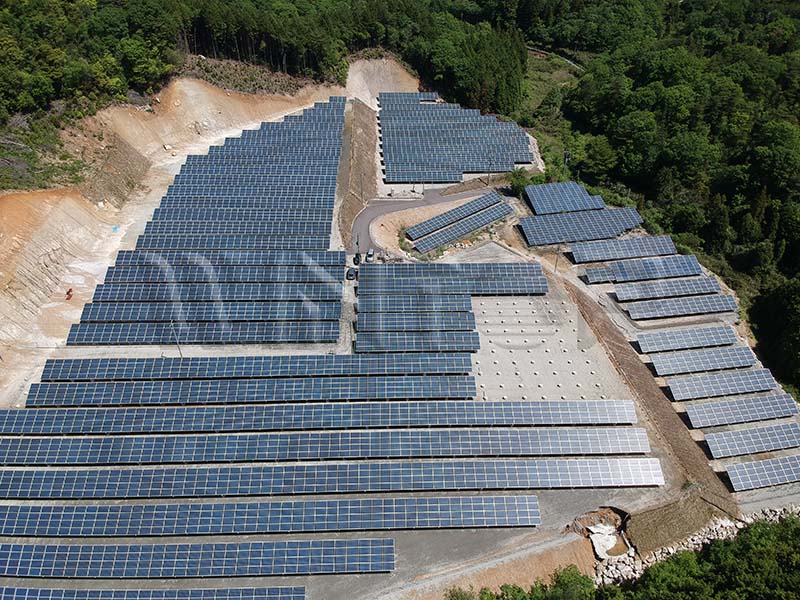The purpose of a solar array is to convert sunlight into usable electrical energy. A solar array consists of multiple interconnected solar panels, also known as photovoltaic (PV) modules. When sunlight strikes the solar panels, the photovoltaic cells within the panels generate direct current (DC) electricity. This DC electricity is then converted into alternating current (AC) electricity through an inverter, which can be used to power electrical devices and appliances in homes, businesses, or even feed the electricity back into the grid.

The solar array's primary function is to capture sunlight efficiently and convert it into electricity. The solar panels are typically mounted on a support structure, such as ground-mounted racks or roof-mounted structures, which position them at an optimal angle to maximize sunlight exposure. The solar array's size and capacity depend on factors such as available space, energy requirements, and local solar irradiation levels.
Once the solar array is installed and connected to an electrical system, it generates clean and renewable energy, reducing reliance on traditional fossil fuel-based electricity generation and contributing to a more sustainable and environmentally friendly energy source.


